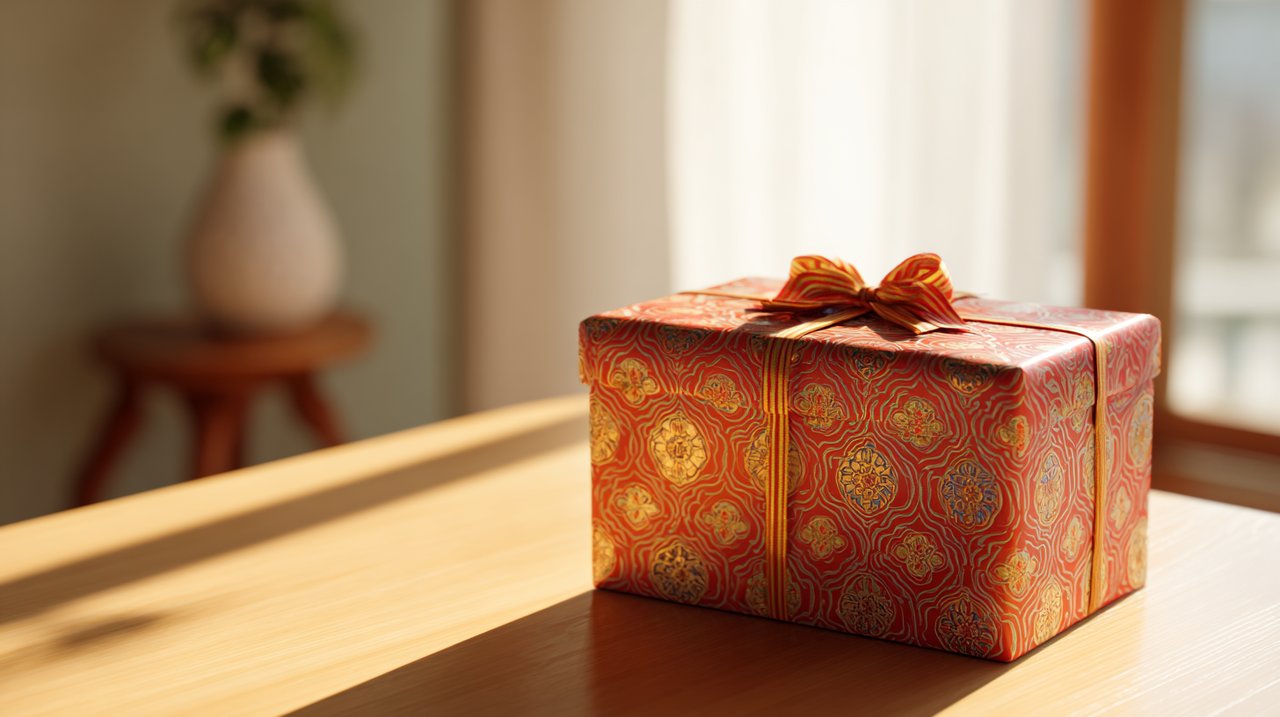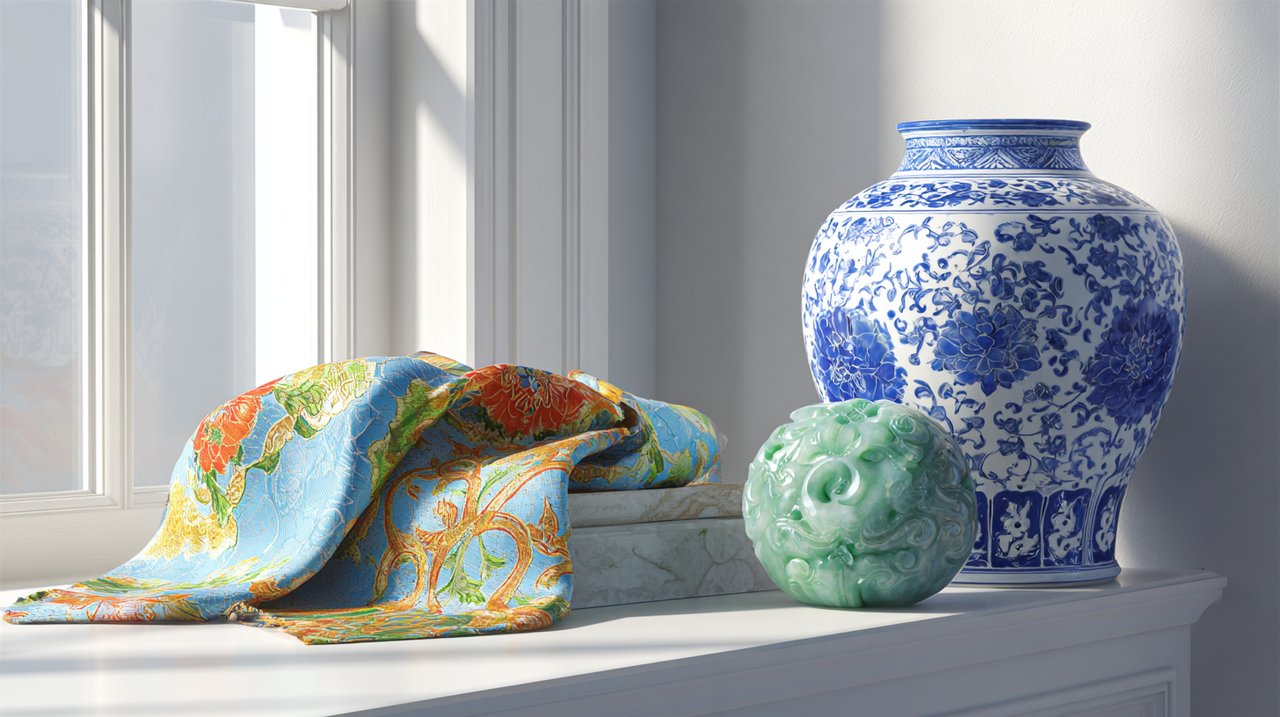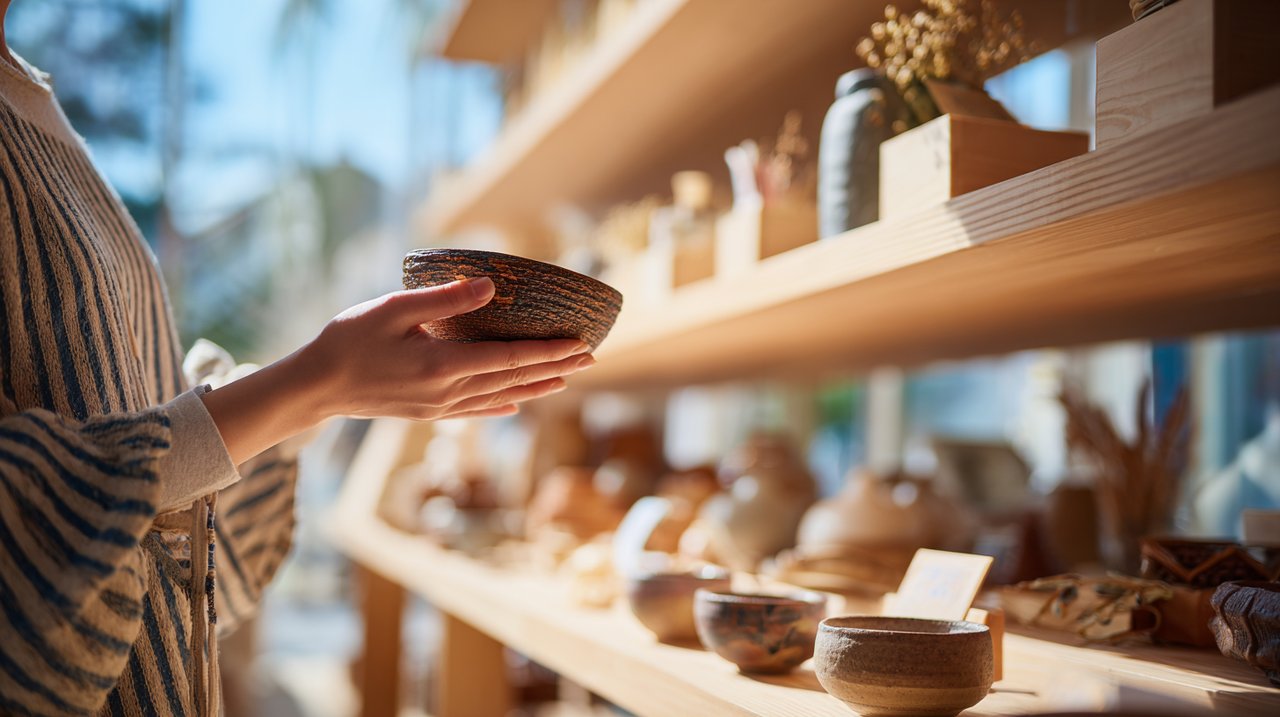Finding the perfect gift is rarely just about the item itself. It’s about expressing thoughtfulness, appreciation, and connection. When that gift is Chinese, this journey becomes a wonderful opportunity for cultural exploration and understanding, reaching far beyond mere appearances to embrace deeper meanings. Many of us want to find something truly meaningful, not just another souvenir, but knowing where to start can feel overwhelming.
So, how do we choose a gift that genuinely resonates with Chinese cultural values and personal sentiment? We’ll explore six distinct pathways to discovering an ideal Chinese gift, equipping you with the insights you need to make a choice that truly speaks volumes.
1. Decoding the 「Perfect」 Chinese Gift: Beyond Mere Aesthetics
To find a truly perfect Chinese gift, we need to look beyond its visual appeal and understand its cultural context. A gift that truly resonates often carries deep symbolism, a rich history, or a practical use that aligns with Chinese customs. While beautiful craftsmanship is always admired, the underlying message or auspicious associations are frequently what matter most.
In Chinese culture, a gift’s value isn’t just about its price tag. It’s profoundly rooted in 「意」 (yì) — the intention and meaning — behind the gesture. Think about colors: red, for instance, symbolizes luck and happiness, while gold represents wealth. And a crucial tip: avoid giving clocks. The Chinese phrase for 「giving a clock」 sounds remarkably similar to 「attending a funeral ritual,」 a subtle but important cultural note.
Before you choose, take a moment to consider the recipient’s background and your relationship with them. A thoughtful gift shows genuine respect and understanding, which naturally strengthens social bonds. When you select something that aligns with their interests, subtly incorporating auspicious elements, it transforms from a simple object into a cherished token of regard.

2. Hyper-Local Search Strategies: Leveraging Digital & Community Insights
Finding an authentic Chinese gift shop nearby becomes much easier with smart search strategies. Forget broad, generic searches. Instead, focus on specific terms that reveal more relevant, local results. This helps you pinpoint places truly dedicated to genuine Chinese cultural products.
Start with your favorite online search engine and mapping service. Try precise queries like 「authentic Chinese crafts near me」 or 「cultural Chinese gifts [your city/neighborhood].」 Pay close attention to shops with high ratings and reviews that specifically highlight genuine items, unique selections, or traditional Chinese artistry. Smaller, independent shops often shine through when you use these targeted keywords. You might even find specialists in areas like traditional Chinese paintings or calligraphy.
Another powerful approach is to tap into local community knowledge. Explore community forums, social media groups focused on cultural exchange, or even international student associations at local universities. These are often treasure troves of recommendations for hidden gems and reliable sources for cultural goods. The key is to avoid generic 「gift shop」 searches, which often lead to mass-produced tourist items instead of true Chinese treasures.
3. 「礼尚往来」 (Lǐshàngwǎnglái): The Wisdom of Reciprocity in Chinese Gifting
The concept of 「礼尚往来」 (Lǐshàngwǎnglái) sits at the heart of Chinese social interactions and gifting culture. It’s more than just a phrase; it’s a fundamental principle of reciprocity: ‘as a courtesy demands, so it must be returned.’ This isn’t simply about repaying a favor; it’s a sophisticated system designed to maintain harmony, show respect, and strengthen relationships, often referred to as 「Guanxi」 (关系).
Think of giving a gift in China as starting a conversation. It’s a gesture that anticipates a return, not necessarily of the same monetary value, but of equivalent social weight or thoughtfulness. This builds a beautiful cycle of mutual obligation and goodwill. For example, when you visit someone’s home for the first time or meet a business associate, a gift is customary and genuinely expected. The initial gift sparks a connection, and the return gift cements it, allowing the relationship to flourish.
The exchange of gifts is not merely a material transaction; it is a profound dialogue of respect, intention, and the intricate dance of human connection.
Grasping Lǐshàngwǎnglái means understanding that a gift is a powerful form of communication. It’s a way to express emotions and reinforce social ties. This highlights the importance of not just the gift itself, but also the gracious manner in which it’s given and received – often involving a polite refusal before acceptance, as a sign of humility.
4. What to Look For: Authenticity, Craftsmanship, and Story
When you’re choosing a Chinese gift, focusing on authenticity, craftsmanship, and the story behind the item is key. These three elements ensure you’re acquiring something with genuine cultural value, setting it apart from a simple souvenir. Authentic Chinese crafts often embody centuries of tradition and unique regional specialties.
First, consider authenticity. Does the item genuinely represent Chinese culture, or is it a mass-produced imitation? Look for traditional materials and techniques. For instance, real jade has distinct characteristics that set it apart from common fakes. Then there’s craftsmanship, which speaks to the skill and care poured into its creation. Examine the details, the finishes, and the overall quality; handcrafted items often have subtle imperfections that only add to their charm and unique character.
Finally, a compelling story can truly elevate a gift. Does the item hold historical significance, represent a specific region, or convey a particular cultural meaning? Imagine comparing a handcrafted silk scarf from Suzhou, famed for its intricate embroidery, with a generic patterned scarf. The Suzhou scarf carries the legacy of a specific art form, while the generic one simply lacks that rich narrative depth. Always steer clear of items that feel overly commercialized or have no clear connection to Chinese cultural heritage.
5. Exploring Diverse Chinese Craft Categories: From Porcelain to Silk
Chinese culture offers an astonishing array of traditional crafts, each boasting its own unique history, symbolism, and artistic merit. Exploring these diverse categories allows you to make a more informed and appreciative choice for that ‘perfect’ gift. Understanding this rich variety helps you select something that beautifully aligns with both the recipient’s taste and a specific cultural narrative.
Here are some prominent categories of Chinese crafts to consider:
- Porcelain and Ceramics: Celebrated worldwide, Chinese porcelain spans from delicate blue-and-white patterns to vibrant famille rose designs. Each dynasty often brought its own distinct styles and techniques, offering a truly wide spectrum of choices.
- Silk Products: From intricately embroidered garments to elegant scarves and wall hangings, silk has been a foundational element of Chinese artistry and trade for thousands of years. The Silk Road itself stands as a testament to its enduring historical significance.
- Calligraphy and Painting: These art forms are often intertwined and held in extremely high esteem. Scrolls, whether hanging or handscrolls, featuring expressive brush paintings or poetic calligraphy, make sophisticated gifts that speak to intellectual and aesthetic appreciation.
- Jade Carvings: Deeply revered in China for its beauty and powerful symbolic properties—like purity and longevity—jade is skillfully crafted into jewelry, sculptures, and decorative objects.
- Paper Cuttings and Lanterns: These charming folk arts, often linked to festivals and celebrations, provide vibrant and intricately designed decorative items.

6. Navigating the 「Hidden Gems」: Beyond the Main Streets
Beyond the bustling, well-known commercial districts, a world of authentic Chinese gift shops — true ‘hidden gems’ — awaits in less obvious locations. These establishments often boast more unique items, offer better prices, and provide a far more genuine cultural experience. Many are run by dedicated artisans or families with deep, personal connections to traditional crafts.
To uncover these treasures, think about exploring cultural centers, specialized markets, or even the edges of established Chinatowns. For example, in cities with a large Chinese diaspora, smaller, community-focused shops might carry specific regional crafts or traditional items you won’t find in bigger stores. If you’re in China, places like Beijing’s Panjiayuan Antique Market or Xi’an’s Shu Yuan Men street are legendary for their incredible array of handmade crafts and antiques.
To truly discover these local secrets, try engaging with members of the Chinese community. Ask for recommendations at your favorite Chinese restaurant, or keep an eye out for cultural events that might feature artisan vendors. These opportunities often let you buy directly from craftspeople or find shops that prioritize cultural preservation over mass appeal. Visiting such places transforms shopping into a truly immersive cultural discovery.

Embark on Your Cultural Gifting Journey
As we’ve seen, finding the perfect Chinese gift is truly a cultural exploration and appreciation journey. It’s a path that generously rewards thoughtfulness and a genuine willingness to look beyond the obvious. By understanding the subtle nuances of Chinese gifting, applying smart search strategies, learning to spot authenticity, and exploring the incredibly diverse world of Chinese crafts, you are now well-equipped to choose a gift that carries genuine, heartfelt meaning.
Ultimately, this endeavor is far more than simply acquiring an item. It’s about forging a connection with a rich, ancient heritage and conveying profound sentiment through a thoughtfully chosen token. So, take this knowledge and step confidently into your gifting journey. Your discoveries will not only enrich your own understanding but also contribute to the collective appreciation of this beautiful tradition.
💡 Frequently Asked Questions
When selecting a Chinese gift, it's crucial to look beyond aesthetics and understand its cultural context. Gifts that resonate deeply often carry symbolism, history, or practical uses aligned with Chinese customs. The intention ('意' - yì) behind the gesture is paramount. For example, red symbolizes luck and gold represents wealth. Importantly, avoid giving clocks as the phrase sounds like 'attending a funeral ritual'.
To find authentic Chinese gift shops, use precise search terms like 'authentic Chinese crafts near me' or 'cultural Chinese gifts [your city/neighborhood]' instead of generic searches. Look for shops with high ratings and reviews that specifically mention genuine items, unique selections, or traditional artistry. Tapping into local community forums or social media groups focused on cultural exchange can also reveal hidden gems.
'礼尚往来' (Lǐshàngwǎnglái), meaning 'as a courtesy demands, so it must be returned,' is a fundamental principle of reciprocity in Chinese culture. It's a system designed to maintain harmony, show respect, and strengthen relationships. A gift is seen as initiating a dialogue that anticipates a return gesture of equivalent social weight or thoughtfulness, fostering goodwill and cementing connections.
Beyond porcelain and silk, consider calligraphy and painting scrolls for their intellectual and aesthetic value, jade carvings revered for their beauty and symbolism of purity and longevity, and paper cuttings or lanterns, which are charming folk arts often linked to celebrations. Each category offers unique historical significance and artistic merit.
Authentic 'hidden gem' Chinese gift shops are often found beyond main streets in less obvious locations. Explore cultural centers, specialized markets, or the edges of established Chinatowns. Engaging with the local Chinese community, asking for recommendations at Chinese restaurants, or attending cultural events can help uncover shops that prioritize cultural preservation and offer direct connections to artisans.

